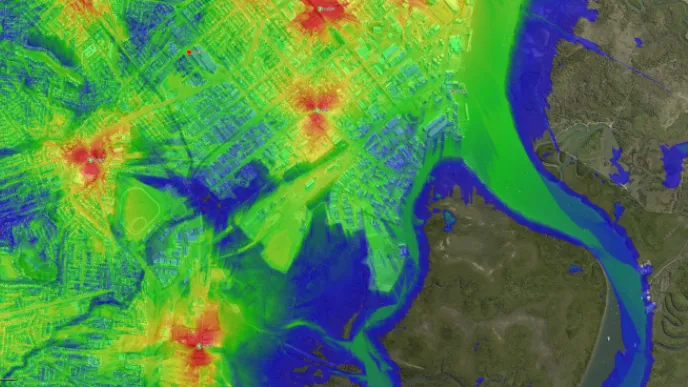Australia's technology landscape is shaped by its unique geographical spread and population distribution. Its expansive landmass—second only to Russia among countries without land borders—presents significant challenges for telecommunications infrastructure. Most of the population clusters along the eastern seaboard, leaving vast rural and regional areas sparsely populated. This has compelled extensive usage of satellite technology to bridge the digital divide, evident in initiatives such as the NBN's Sky Muster satellites, and widespread adoption of Starlink. Despite these challenges, Australia has remained an early adopter of technology. The city-state of Canberra has also emerged as a prominent tech hub, fostering a symbiotic relationship with the nation's political decision-making centre. This dual focus on overcoming geographical hurdles and fostering innovation defines Australia’s technology landscape.
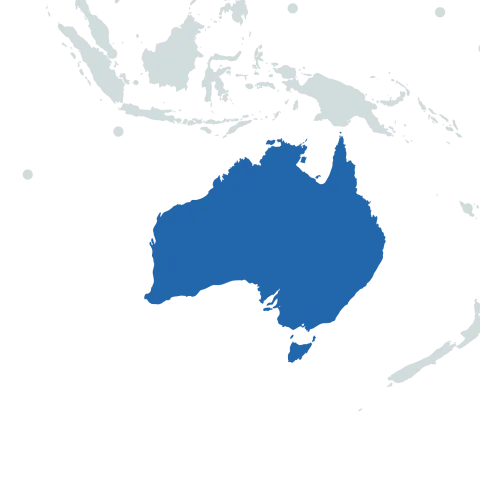
Mobile Network Operators
The are 3 companies operating mobile networks in this region.
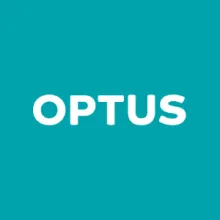
Optus is a prominent telecommunications company based in Australia. Founded in 1981, it was originally known as Aussat Pty Limited before being renamed to Cable & Wireless Optus Pty Limited in 1998, and eventually Singtel Optus Pty Limited in 2001. The company is currently a wholly owned subsidiary of Singtel, a leading communications group headquartered in Singapore. Despite being a subsidiary, Optus operates independently within the Australian market. Over the years, Optus has established a strong presence in the country, providing a wide range of communication services including mobile...
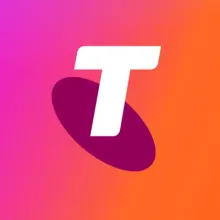
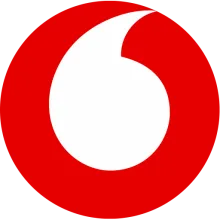
Pagination
Wireless Spectrum Bands
There are 24 bands of spectrum suitable for wireless data technologies recorded in our database for this country.
| Name | Band | Min. Frequency | Max. Frequency |
|---|---|---|---|
| AU 915-928 MHz | 900 MHz | 915 MHz | 928 MHz |
| AU 2400-2483.5 MHz | 2.4 GHz | 2400 MHz | 2483.5 MHz |
| AU 5150-5250 MHz | 5 GHz | 5150 MHz | 5250 MHz |
| AU 5250–5350 MHz | 5 GHz | 5250 MHz | 5350 MHz |
| AU 5470–5600 MHz | 5 GHz | 5470 MHz | 5600 MHz |
| AU 5650–5725 MHz | 5 GHz | 5650 MHz | 5725 MHz |
| AU 5725–5850 MHz | 5 GHz | 5725 MHz | 5850 MHz |
| AU 5925-6425 MHz | 6 GHz | 5925 MHz | 6425 MHz |
| AU 5.925-6.425 GHz (RALI FX) | 6 GHz | 5925 MHz | 6425 MHz |
| AU 6.425-7.11 GHz (RALI FX) | 6.7 GHz | 6425 MHz | 7110 MHz |
| AU 7.425-7.725 GHz (RALI FX) | 7 GHz | 7425 MHz | 7725 MHz |
| AU 7.725-8.275 GHz (RALI FX) | 8 GHz | 7725 MHz | 8275 MHz |
| AU 10.55-10.68 GHz (RALI FX) | 10 GHz | 10550 MHz | 10680 MHz |
| AU 10.7-11.7 GHz (RALI FX) | 11 GHz | 10700 MHz | 11700 MHz |
| AU 12.75-13.25 GHz (RALI FX) | 13 GHz | 12750 MHz | 13250 MHz |
